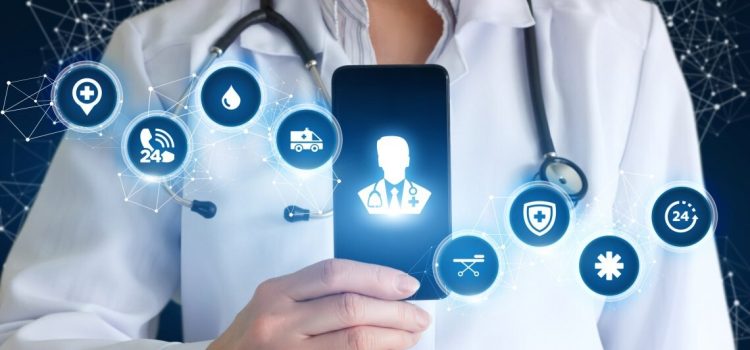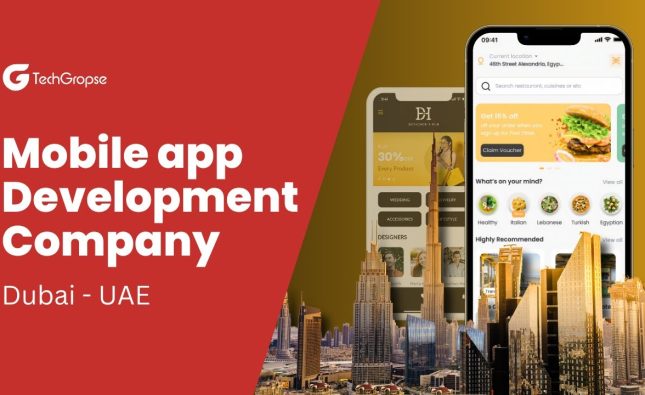
In recent years, mobile technology has significantly impacted healthcare, especially in community health programs. Mobile health, or mHealth, is revolutionizing how healthcare services reach remote communities and respond to global health challenges, from reducing maternal and child mortality to managing pandemics. This article explores the impact of mobile technology on community health programs, illustrating its benefits, examples, and case studies, and showcases strategies for managing pandemics like COVID-19 effectively.
The Growing Role of Mobile Technology in Community Health
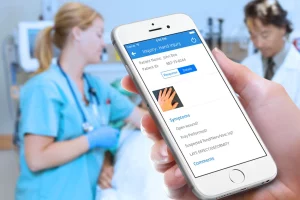
Mobile technology is transforming healthcare access by equipping community health workers (CHWs) with tools to deliver essential services, often in areas where traditional healthcare facilities are scarce. In regions with limited infrastructure, mobile devices enable mobile health applications for CHWs, allowing them to support programs that address maternal and child health, communicable and non-communicable diseases, nutrition, and vaccination programs.
1. Enhancing Maternal and Child Health Programs
A significant achievement of mobile technology is its contribution to maternal and child health (MNCH) initiatives. These programs often use mobile applications to streamline processes, reduce mortality rates, and improve health outcomes. CHWs receive training on using mobile apps for tracking maternal health data, scheduling prenatal visits, and managing child immunization records.
Case Study: M-Mama in Tanzania
The M-Mama initiative in Tanzania used mobile technology to provide emergency transportation for pregnant women in remote areas. By allowing CHWs to call for transport via mobile apps, the program drastically reduced maternal mortality rates in the region, showcasing the role of mobile apps in reducing maternal and child mortality.
2. Combating Communicable Diseases with Mobile Technology
Communicable diseases remain a challenge worldwide. Mobile health applications enable quick data reporting, remote diagnosis, and case tracking, critical for controlling disease spread in underserved areas. CHWs can track and respond to disease outbreaks effectively using these tools, improving disease surveillance and reducing transmission rates.
Example: In Nigeria, mobile applications were implemented to assist in combating malaria, using data collection apps that tracked cases, provided real-time data, and identified outbreak hotspots. This data helped local healthcare providers allocate resources and take preventive actions promptly.
3. Mobile Technology’s Impact on Vaccination and Nutrition Programs
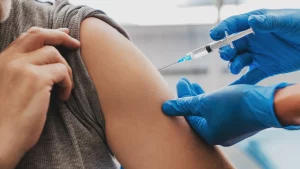
Mobile technology also plays a role in ensuring community members receive timely vaccinations and proper nutrition. Programs for child nutrition and vaccinations, such as reminder systems and vaccination records, have benefited from mobile platforms, making it easy for health workers to keep track of each patient’s needs.
Case Study: Better Immunization Data Initiative (BID) in Zambia
The BID Initiative introduced a digital immunization record-keeping system in Zambia, which streamlined tracking of vaccination schedules, resulting in an increase in vaccination rates. Health workers could view a child’s immunization history through a mobile app, ensuring no one missed a vital shot.
4. Using Mobile Technology to Reduce Non-Communicable Disease Burden
Non-communicable diseases (NCDs), such as diabetes and hypertension, require continuous monitoring and personalized care, often beyond the capabilities of traditional healthcare facilities. Mobile technology allows CHWs to remotely monitor patients’ health status, provide reminders for medication, and offer guidance for lifestyle changes.
Example: In India, a mobile application was used to monitor patients with diabetes, sending automated alerts for blood sugar readings and reminders for medication adherence. This innovation reduced hospital admissions and improved patient quality of life.
Application of Mobile Technology in Pandemics
Pandemics like COVID-19 challenge healthcare systems globally, emphasizing the need for efficient, scalable solutions. Mobile technology provided a lifeline, promoting social distancing, enabling remote monitoring, and managing resources in real-time. The mHealth applications for managing pandemics include contact tracing, symptom checking, and isolation monitoring, crucial for controlling virus spread.
1. Case Study: COVID-19 and the Aarogya Setu App in India
During COVID-19, the Government of India launched the Aarogya Setu App, which used GPS and Bluetooth to identify individuals who had been in contact with COVID-19-positive cases. The app became an invaluable tool, allowing authorities to notify and isolate at-risk individuals, reducing virus transmission.
- Objective: To limit the spread of COVID-19 through contact tracing.
- Outcome: The app’s user base reached millions, proving that mobile technology’s contribution to pandemic management can be substantial in reducing infection rates and healthcare burdens.
2. Utilizing Mobile Apps to Reduce Hospital Workload
Healthcare facilities were overwhelmed during the pandemic, but mobile technology helped prioritize resources by allowing doctors to give remote clinical advice to stable patients. By using symptom-checking apps and telemedicine consultations, health workers could focus on critically ill patients requiring hospitalization, saving valuable resources.
Strategies for Effective Mobile Technology Implementation in Health Programs
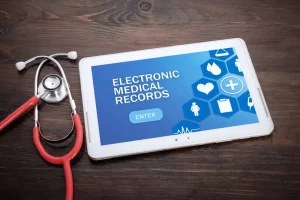
The application of mobile technology in health programs requires strategic implementation to maximize its benefits. Here are some key strategies that have proven successful:
- Data Collection and Management
Efficient data collection enables CHWs to report health conditions quickly, allowing healthcare providers to assess and respond to community health needs. - Education and Training for CHWs
Ensuring CHWs are trained in using mobile health applications enhances their productivity. Digital platforms that guide CHWs in data collection, diagnostics, and monitoring improve healthcare service quality. - Remote Patient Monitoring
Remote monitoring apps help keep tabs on patients with chronic conditions, ensuring they adhere to treatment plans without needing regular hospital visits. - Resource Optimization During Health Crises
During pandemics, mobile technology enables contact tracing, symptom tracking, and hospital resource management, vital for handling large-scale health crises.
The Benefits of Mobile Technology in Community Health
The benefits of mobile technology in community health are far-reaching, creating positive health outcomes and empowering CHWs to deliver quality healthcare. Here are some key benefits:
- Improved Access to Healthcare
Mobile health applications eliminate geographical barriers, allowing patients to access healthcare even in remote regions. For example, vaccination programs that use mobile reminder systems ensure community members receive timely immunizations. - Reduced Maternal and Child Mortality
By enabling CHWs to track pregnancy and child health data, mobile technology has reduced maternal and child mortality rates significantly in many regions. - Cost-Effective Healthcare Solutions
Mobile technology is cost-effective, providing solutions at a fraction of the cost of traditional healthcare facilities. This makes it an ideal approach in low-resource settings. - Efficient Resource Utilization
Mobile health apps allow better allocation of resources by identifying high-risk individuals and managing patient loads in hospitals during pandemics. This ensures critical resources are available for those in need. - Better Data-Driven Decisions
Data collected through mobile technology helps healthcare providers make informed decisions. With real-time insights into community health needs, they can respond swiftly and efficiently.
Future of Mobile Technology in Community Health
The potential for mobile technology in healthcare continues to expand. As artificial intelligence (AI) and machine learning (ML) are integrated into mobile health applications, data analysis and patient care efficiency will only improve.
1. Predictive Analytics and AI Integration
Predictive analytics powered by AI can analyze data collected via mobile devices to predict health trends and potential outbreaks. This can be crucial for managing chronic diseases or foreseeing community health risks.
2. Expanding Telemedicine Services
With mobile technology making telemedicine more accessible, future community health programs may provide even more robust remote care options. This can help address healthcare access disparities in under-resourced regions.
3. Broader Adoption of Wearable Technology
Wearable technology, like smartwatches, is another area where mobile technology can support health. Such devices can monitor vital signs and sync with mobile applications, sending alerts to healthcare providers if needed.
Final thought
Mobile technology is undeniably a game-changer in community health programs. From reducing maternal and child mortality to managing pandemics like COVID-19, mobile technology has enabled healthcare systems worldwide to be more resilient and adaptive. As mobile health applications continue to evolve, the future holds promising potential for even broader impact on global health. By adopting strategies that incorporate data management, CHW training, and remote patient monitoring, mobile technology will remain at the forefront of transforming community health programs globally.
The possibilities are endless, and as technology advances, so does the capacity for healthcare to be more inclusive, efficient, and accessible. Embracing these changes ensures that healthcare remains equipped to meet the needs of every community, no matter the challenges faced.








